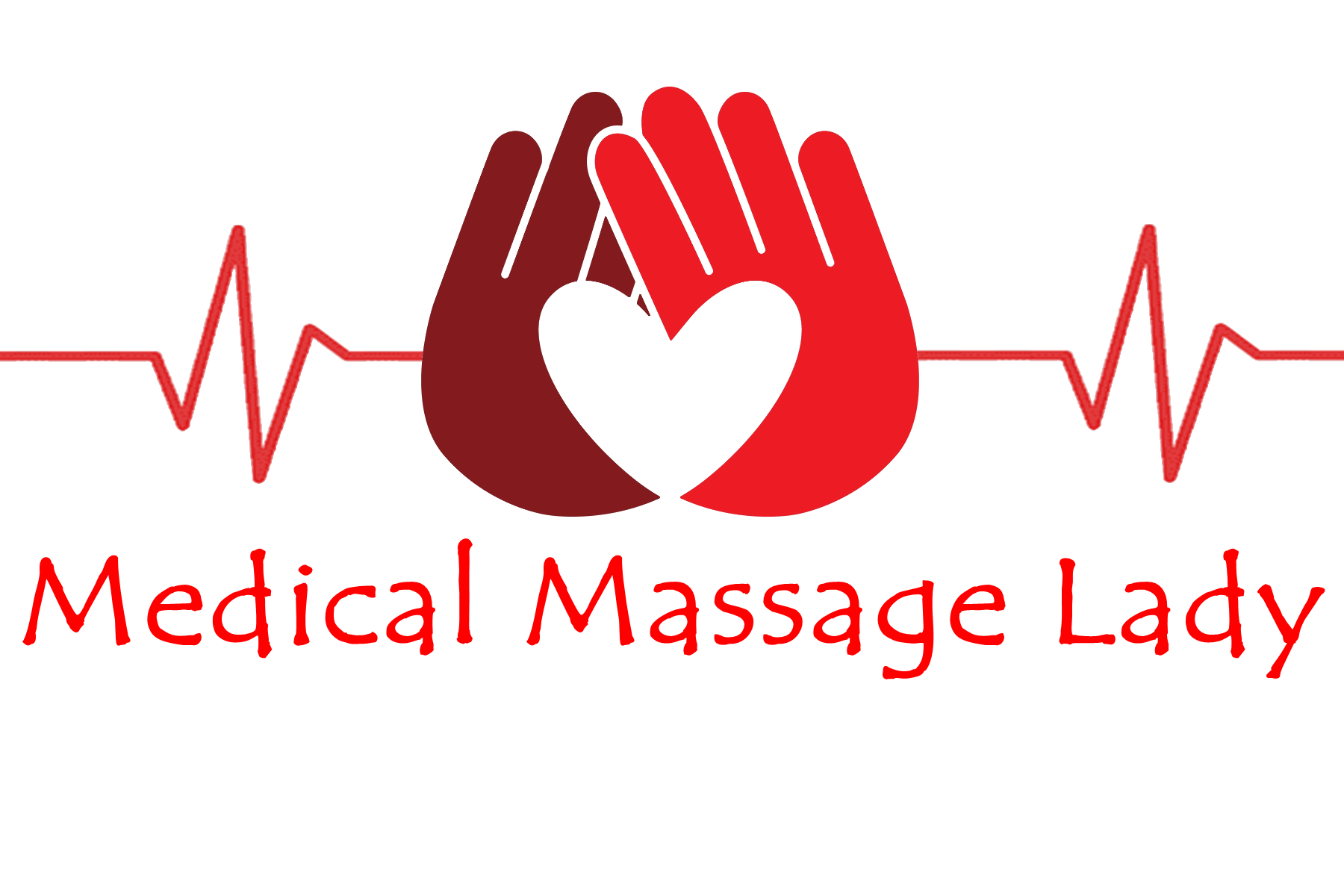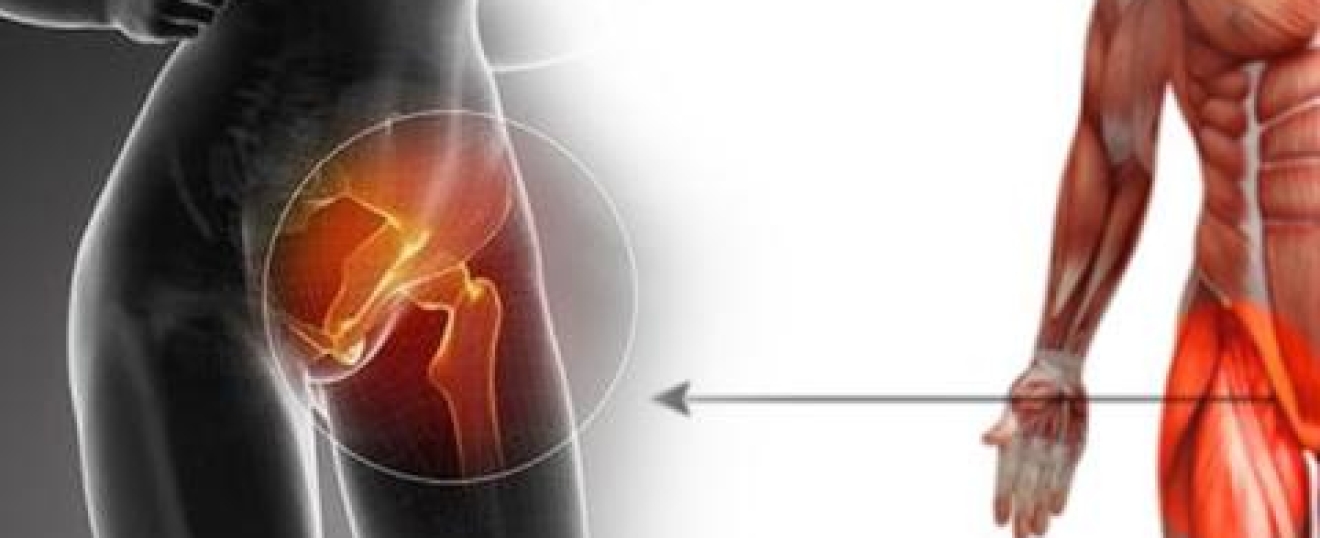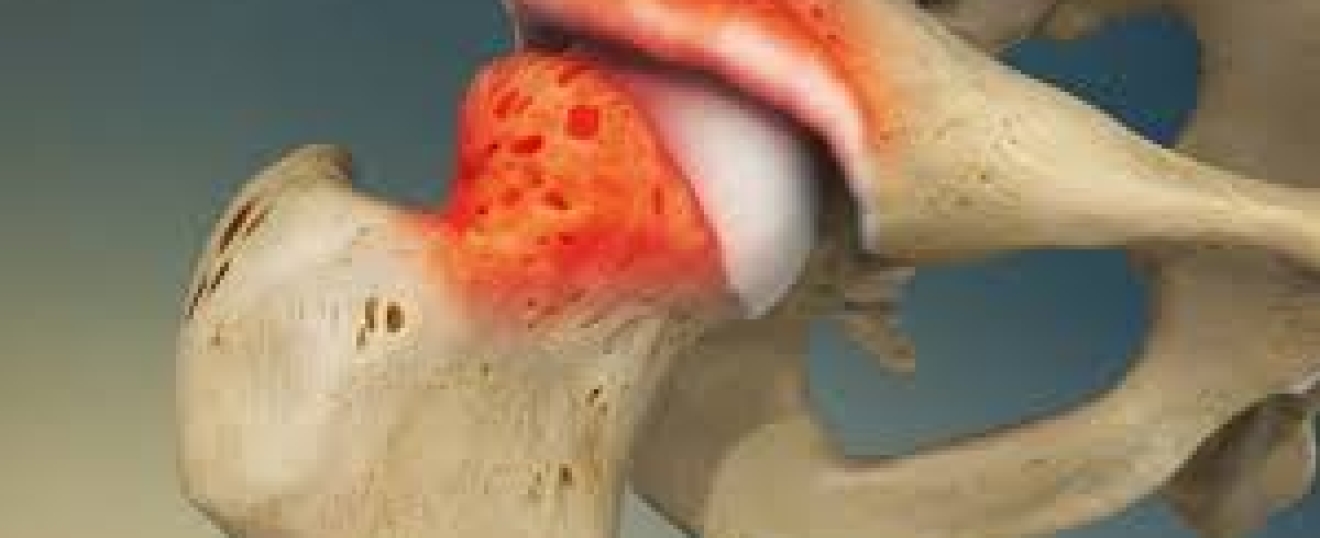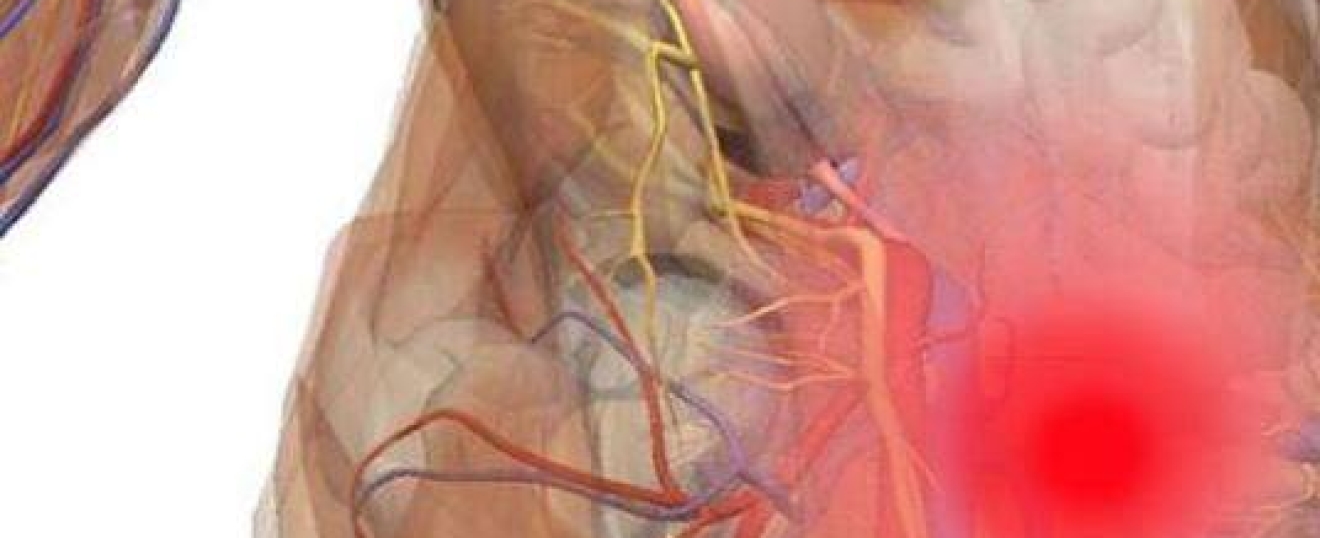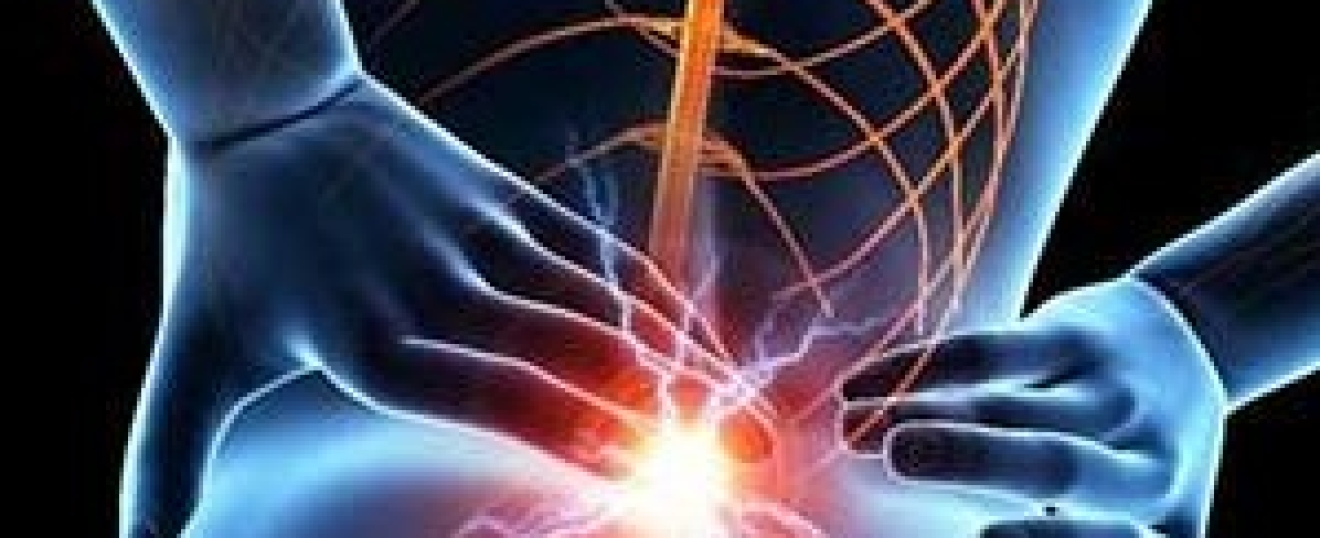- 07736 104738
- sam@medicalmassagelady.com
- Mon - Sat, 8:00 - 18:30
Osteitis pubis is characterised by inflammation, pain, sclerosis and bony changes at the pubic symphysis, ie where the left and right pubic bones meet at the lower front part of the pelvis, and also surrounding ligaments and attachment points of the adductors. The pubic symphysis joint usually has minimal motion but with osteitis pubis, the joint can be misaligned, with one side higher, lower, further forward or back than the other, hence it can move more than it should during movement and walking. The excess movement caused by this misalignment results in inflammation and pain, muscle inhibition and weakness so it can be very debilitating for sportsmen and women and for women post childbirth.
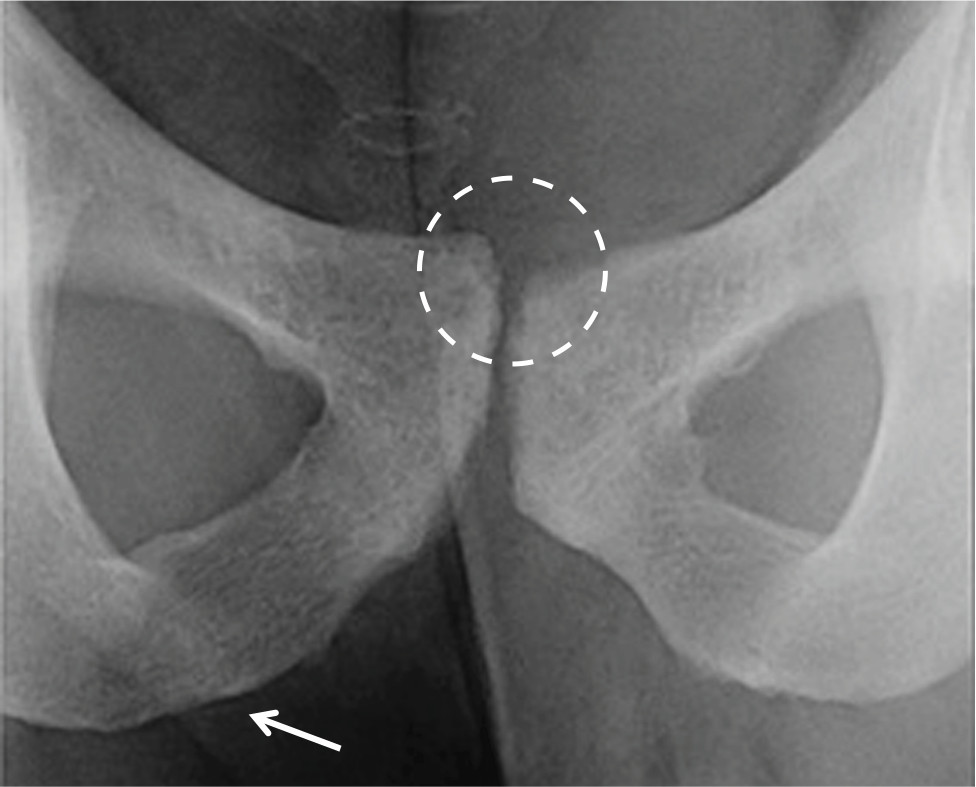
Osteitis Pubis is often related to lower back pain and hip pain due to the compensation patterns within the deep front line, so can contribute to various dysfunctions within the body.
COMMON COMPENSATORY PATTERNS WITH OSTEITIS PUBIS
- tight hip flexors (iliacus, psoas, TFL, rectus femoris, sartorius)
- restricts movement into hip extension
- weakens the posterior chain, particularly the glutes and hamstrings
- reduced gluteal function contributes to lumbar stiffness
- Quadratus lumborum may over compensate for weakened glutes also contributing to back pain
CAUSES
The particularly complex and resistant cases of osteitis pubis often have many of the contributing factors, meaning that recovery is likely to be slower, and once it becomes a chronic condition this further complicates the situation.
- Sports activities, particularly rugby, football, hockey or with sudden changes in direction, and asymmetrical load on the pelvis
- athletes returning to sport after a break
- repetitive running, jumping, kicking, skating, and even sit-ups which place the joint under additional stress
- trauma or injury
- spinal misalignment and poor posture
- biomechanical issues with feet or leg length discrepancy
- poor walking/running technique
- pelvic misalignment
- poor flexibility
- poor balance
- poor muscle strength eg.glutes
- overuse of adductor muscles
- hip problems
- reduced core strength and control of the spine and pelvis
- surgical procedures (gynaecological or abdominal, hernia repairs)
- referred pain from abdominal or pelvic organs
- breathing issues
- childbirth - prolonged labour may strain the pelvic muscles causing inflammation
- pregnancy – due to the relaxin hormone softening the pelvic ligaments and also those around the hips, shoulders and in the feet. The pubic symphysis and sacroiliac joints are particularly sensitive to relaxin and instability extends further with ligaments in the hip becoming more lax
SYMPTOMS
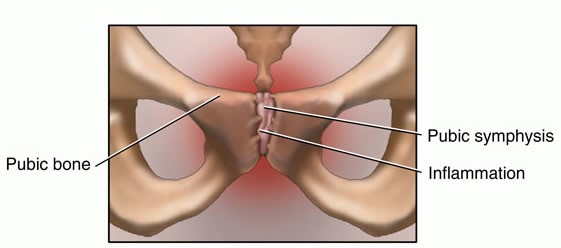
- central pain across the front of the pelvis, but sometimes worse on one side
- pain or tenderness may be felt when pressure is applied to the front of your pubis
- sharp pain may radiate down into the thigh or groin, adductors, hips and the stomach
- pain during sportweakness
- limping gait
- generally feeling crooked
- change in technique due to muscle inhibition
TREATMENT
- rest
- refrain from exercises or activities that are painful
- ice pack for about 20 minutes every three to four hours
- nonsteroidal anti-inflammatory medications
- corticosteroid injection may reduce inflammation and ease symptoms
- physiotherapy to help re-align the spine and pelvis and reduce pain
- muscle energy techniques
- soft tissue work and stretching
- myofascial release
- lower limb and core muscle strengthening
- Retraining in running technique, technical skills and balance
- podiatry referral for leg length discrepancy or biomechanical issues
- visceral work
- postural analysis
- breathing exercises
EXERCISES
The following exercises may help with balance and strengthening the surrounding muscles, but should only be done if pain is manageable.
If the osteitis is chronic or very painful, a physiotherapy assessment should take place first.
TRANSVERSE ABDOMINIS RETRAINING
The transverse abdominal muscles help to stabilise the pelvis.
Lay on your back, contract your abdominal muscles as though you’re pulling your belly button back toward your spine. Hold this position for several seconds without lifting the ribcage and keeping the rest of the body relaxed. Repeat 3 or 4 times per day.
ADDUCTOR STRETCH
The adductor muscles on the inner thigh meet with the base of the abdominals.
Stand with a straight back and legs wider than shoulder width, lunge to your left, while keeping your right leg straight to feel a stretch in the right groin. Hold for 10 to 15 seconds without straining. Slowly return to the starting position and lunge to the right while keeping your left leg straight.
QUAD STRETCHES
Tight quads will pull the pelvis forwards and also twist it if one side is tighter than the other, hence increasing stress on the pubic symphysis.
Foam rolling the quadriceps:
Face-down with both thighs resting on top of the foam roller. Support yourself on your elbows and forearms, and keep your abdominal and back muscles tight to stabilize your spine. Roll slowly back and forth on the roller, from just above your knees to just below your hips, and pause at any spot that feels especially tender.
HAMSTRING STRETCHES
Tight hamstrings will cause a posterior pelvic tilt with flattening of the lumbar spine, plus pelvic torsion if one side is tighter than the other, increasing stress on the pubic symphysis. A flattened lumbar spine will also inhibit the core muscles, leading to poor pelvic control.
CALF STRENGTHENING
Calf strength is needed to propel the foot off the ground, and drive the leg through under the pelvis, especially when running. This helps to activate the glutes and hamstrings so when the calves are weak, the quads and hips flexors can over-activate to help lift the thigh through, in the absence of the drive from behind, exacerbating any anterior pelvic tilt from tight quads.
FLEXING THE KNEE TO HIP HEIGHT WITHOUT HIKING THE HIP
It is important to be able to bring the knee to hip height without hitching the hip or deviating through the pelvis, and to be able to move the leg separately from the pelvis eg. lunging, changing direction, kicking a ball etc, otherwise the pubic symphysis will be stressed and stabilising muscles around the pelvis inhibited.
BALANCE AND DYNAMIC BALANCE
Poor balance will stress various joints and encourage compensations to keep the body from falling over, such as breath-holding, abdominal over activity, toe scrunching among other issues. Breathing issues will further exacerbate symptoms and dysfunctional movement. This may happen due to breath-holding and overusing the abdominal muscles in an attempt to stabilise the pubic symphysis, and this must be retrained.
For athletes who will be returning to sport will need to practice more functional exercises.
- retraining the squat, lunge and hip hinge as in a deadlift movement
- gluteal, adductor and hip muscle activation
- increasing strength and stability within the posterior muscle chain, particularly the glutes and hamstrings
- sprint, acceleration, deceleration, landing, and agility training
RECOVERY
Recovery may take 2-3 months, depending on the causes.
DEEP TISSUE MASSAGE FOR OSTEITIS PUBIS
Osteitis pubis can be treated with caution by an experienced therapist. The deep tissue massage must be deep, slow and deliberate to access the pain right on the bone. Deep sustained pressure points allow the tight and calcified tissue along the pubic bone, and hip, adductor and pelvic muscle attachments to be released. Cautious, sustained massage can reduce pain, increase mobility and enable the functional strength phase of rehabilitation, to activate and strengthen the glutes and hamstrings which will then stabilise the hip.
